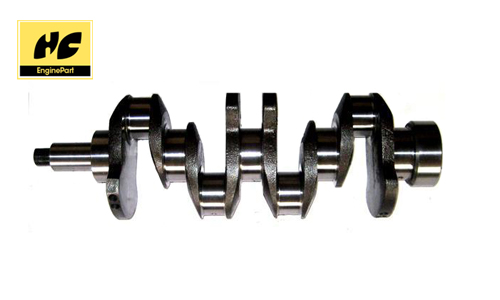Static recrystallization behavior of non-quenched and tempered steel C38N2 for crankshaft
2020-09-30
The crankshaft steel C38N2 is a new type of microalloyed non-quenched and tempered steel, which replaces quenched and tempered steel to manufacture Renault engine crankshafts. Surface hairline defects are common defects in the life of crankshafts, mainly caused by metallurgical defects such as pores and looseness in the original ingot being squeezed from the core to the surface during the die forging process. Improving the quality of the core of the crankshaft material has become an important goal in the rolling process. By reducing the softening of the pass during the rolling process, and promoting the deformation of the core is a favorable means for the looseness and shrinkage of the core of the welded cast structure.

Scholars from the University of Science and Technology Beijing have studied the effects of austenitizing conditions, deformation temperature, deformation rate, deformation amount, and pass interval on the non-quenched and tempered steel C38N2 rolling of crankshafts through thermal simulation experiments, optical metallography and transmission electron microscopy observations. The influence law of static recrystallization volume fraction and residual strain rate between passes.
The experimental results show that with the increase of deformation temperature, deformation rate, deformation amount or interval time between passes, the volume fraction of static recrystallization gradually increases, and the residual strain rate of passes decreases. ; The original austenite grain size increases, and the static recrystallization volume fraction decreases, but the change is not significant; below 1250 ℃, with the austenitizing temperature increasing, the static recrystallization volume fraction does not decrease significantly, but Above 1250℃, the increase of austenitizing temperature obviously reduces the static recrystallization volume fraction. Through linear fitting and small squares method, the mathematical model of the relationship between static recrystallization volume fraction and different deformation process parameters is obtained; the existing residual strain rate mathematical model is revised, and the residual strain rate mathematical model containing the strain rate term is obtained. Good fit.